When it comes to tutoring for the Series 86 Exam goodwill is one of the most consistently asked about topics. There are several reasons why this topic is confusing. There are multiple definitions, a number of formulas, and even different approaches to the practice questions. In today’s post, we give you a quick rundown.
Series 86 Exam Goodwill: What Now?
Let’s start with the basic idea of goodwill in accounting. From a very high-level, the amount of goodwill recorded on the balance sheet of a company reflects the difference between what they paid for the acquisition and the net worth of the company acquired.
For example, if Starbucks is going to purchase a small private chain of coffee shops for $10 million, what would get added to the balance sheet of Starbucks in the form of goodwill?
To answer that, you’d have to know the accounting net worth of the company being acquired. Again, there are much more specific definitions of goodwill, but we are starting high-level.
Assume the private company’s assets are $10 million and their liabilities are $6 million. With this information we know that their net worth, or equity, is $4 million.
How Does Goodwill Arise?
Since Starbucks is forking over $10 million in cash, their investors may be wondering why they are only receiving $4 million in net assets. The reasons for the overpayment above and beyond the value of the assets received (net of liabilities) could be many. For instance, the private company may have a great reputation, very high margins, a great location, or there may be a whole host of other reasons.
To reconcile this difference, Starbucks will record a $6 million fixed asset on the balance sheet labeled as goodwill.
Goodwill = Purchase Price ($10 million) – Net Worth/Shareholder’s Equity ($4M)
This is obviously an intangible asset since it has the possibility to only be reflective of a great reputation.
Where things get tricky on the Series 86 exam is when they start addressing the fair value of the net assets, as opposed to the book value.
Fair Value versus Book Value
In our example, let’s assume that the assets of $10 million for the private coffee company are based off of the historical cost of those assets. This may include real estate purchases from 20 or 30 years ago – which would obviously need updating. Certain accounting rules in GAAP require historical cost, while others are more up-to-date. Although this is beyond the scope of the Series 86 Exam, it helps to know this to understand goodwill.
This leaves open the possibility that the $10 million in assets used in the private company’s net worth calculation, and therefore in the goodwill for Starbucks, is too low. In a real life situation, Starbucks may hire some auditors to go in and evaluate the fair (or more current) value of the assets and determine they are in fact worth $13 million.
That would then increase the net worth to $7 million ($13 million- $6 million). Therefore, the goodwill would now be smaller:
$10 million purchase price
Less $7 million dollars in net worth
= $3 million
Believe it or not, there is still more to it than just this. However if you’re not asleep yet you may be if we add more to this post. For even more information we recommend you check out our Series 86 video course, or book a tutor! 🙂
Feel free to reach out with any questions! Good luck!
